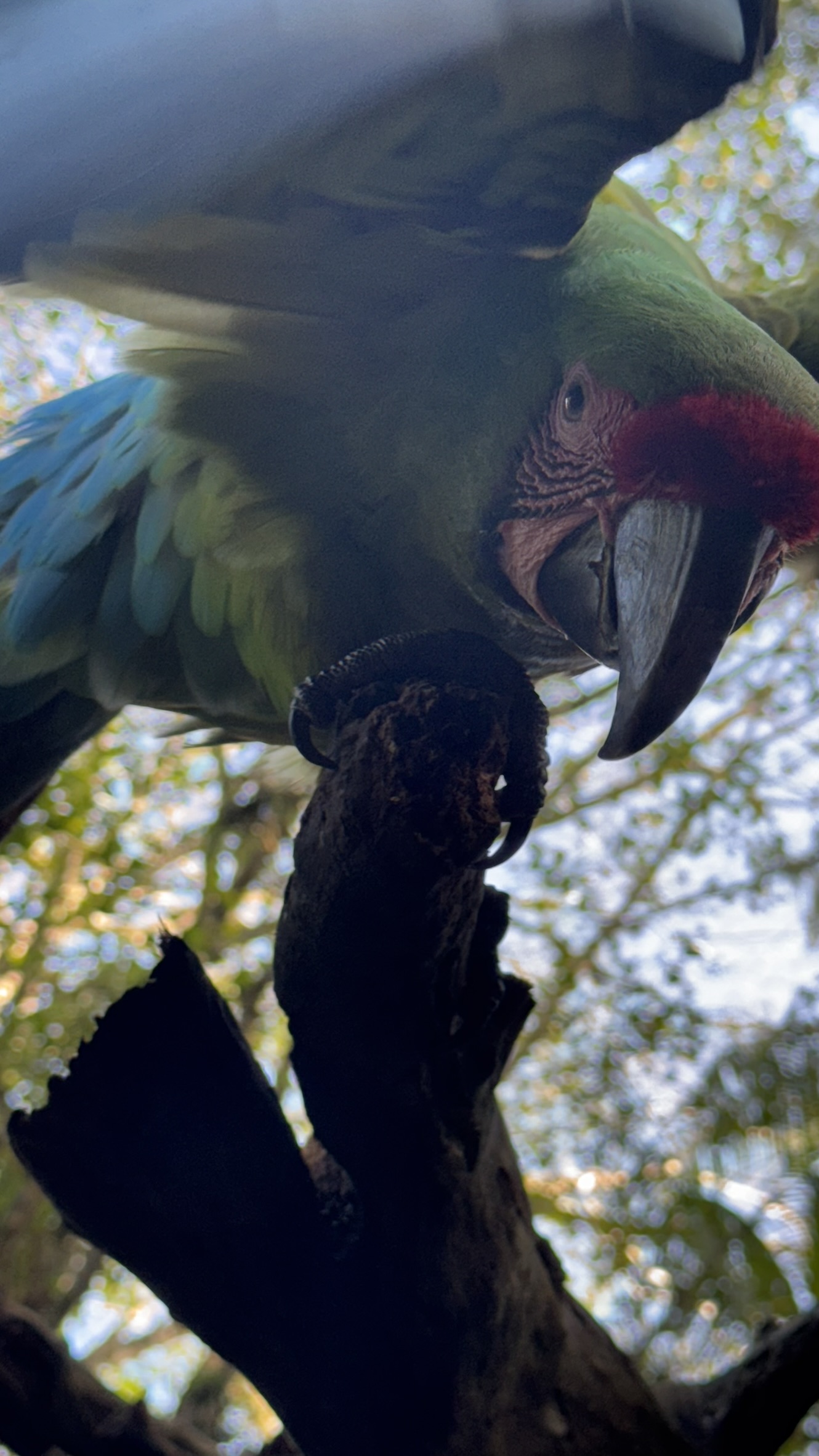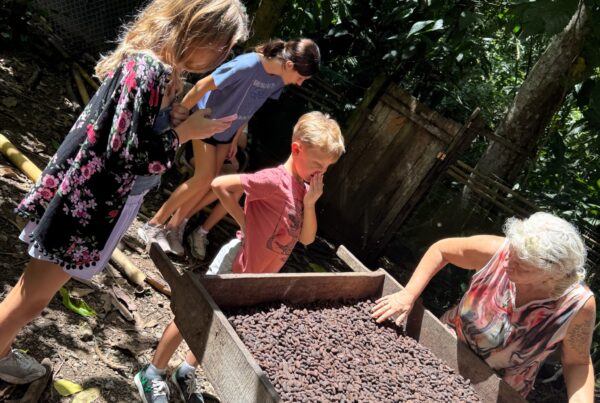Biodiversity. Animals. “Fauna”. You can’t come to Costa Rica and not see the amazing wildlife. Even if you tried, you can’t miss it as coatis cross the road, raccoons tag along together to rifle through trash (or eat the cat food left out), and monkeys casually swing through the trees. Costa Rica is home to over 500,000 species, which accounts for greater than 5% of the estimated number worldwide. For a country that only accounts for 0.3% of Earth’s surface areas, the concentration of animals here is astounding! This impressive country also excels at conversation—about 25% of the land is protected. 98% of the energy here is renewable. Due to painstaking efforts to reverse deforestation, 53% of the country is forested. Wow!
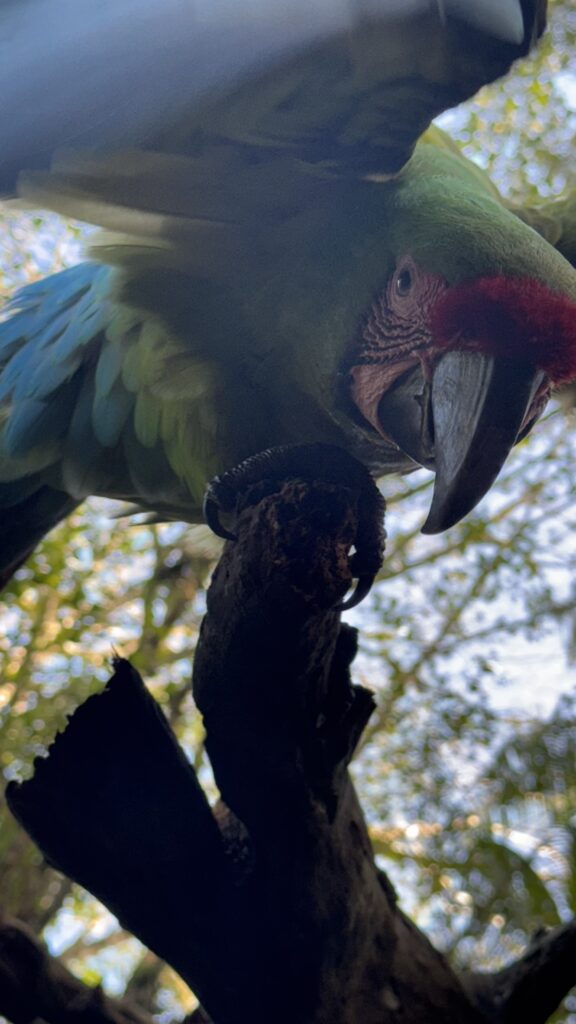

The Jaguar Rescue Center, opened in 2008, provides either a permanent or temporary home to animals that have been mistreated, injured, orphaned, and/or confiscated. The center attempts to rehab the animals in order to release them back to their natural habitat. Depending on the animal’s history, needs, and ability to successfully reintroduce them, sometimes returning to the wild is not possible and they stay on as permanent residents. And just as a side note-we heard that some successfully are release but will come back and pay visits to the staff and crew.
The Jaguar Rescue Center fully relies on the community support to attend to these animals, and what a wonderful way to experience the magnificent creatures!
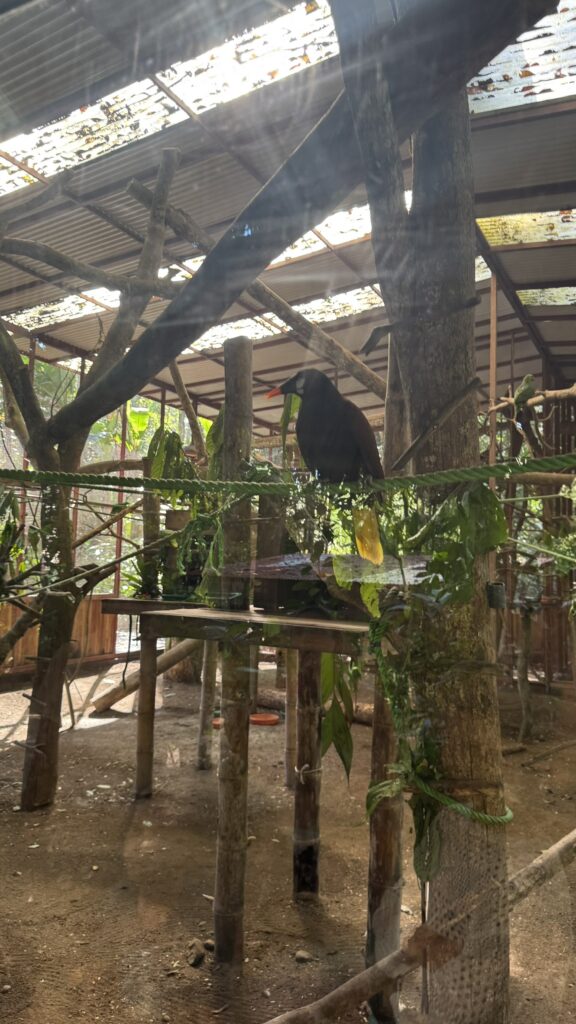
We arrived for an afternoon tour. The private tours are after hours and in a much quieter setting in hopes to see more animal activity. We hit the gift shop before it closed and adopted a few stuffies (because Adaira has a menagerie of animals) and then met with our guide. We made the circuit, seeing the more common turtles, a caiman, deer. I loved the names; two deer were Ginger and Wasabi, along with many other creative monikers for the many of the animals seen.
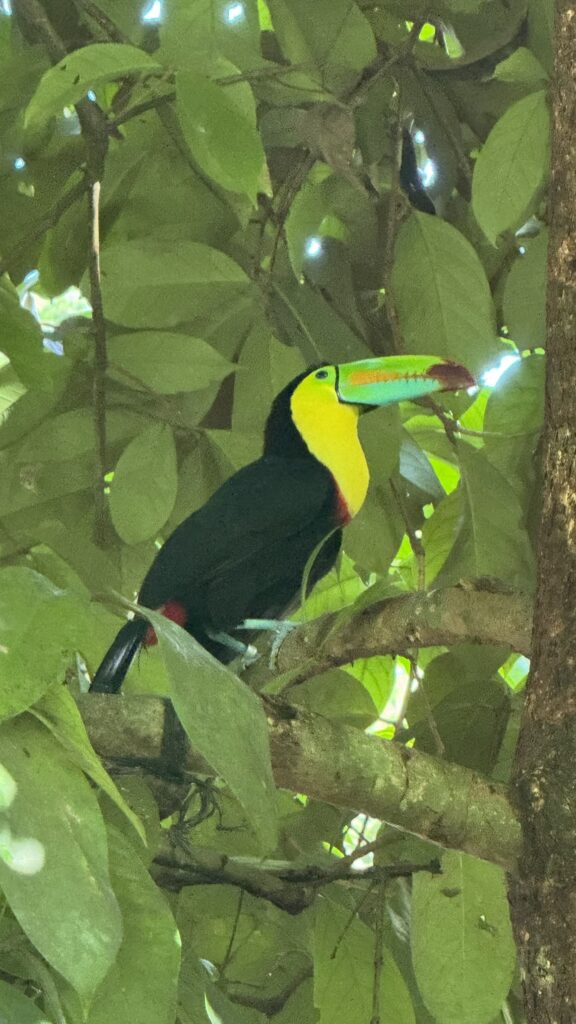
Such a variety of birds! The impressive toucans and macaws. Owls. But one of my favorites was a bird that had been rescued (I do not recall the species) and apparently had been in a household with young kids. Every few minutes, he would yell “MOM!” or “MAMA!” extremely loudly. I could not help but turn and look, waiting to find out for what momma was needed. I could feel that internal chest-tightening from the incessant hollering. Apparently those that work there don’t even notice it anymore! And apparently he’s got an amazing vocabulary that he saves for after-hours that I am told is a bit more…crude. Thankfully we didn’t hear any of that!
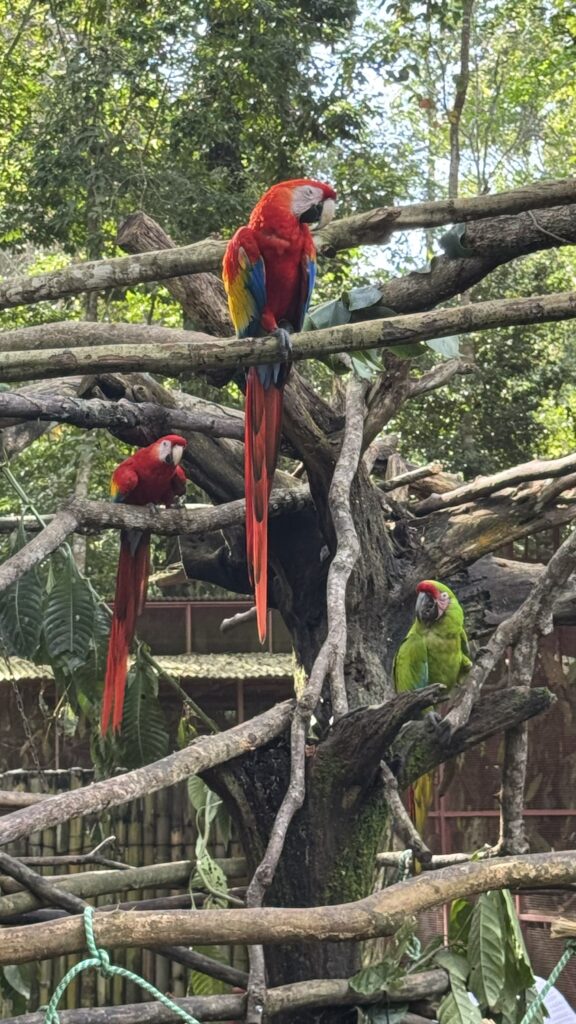
We were able to see a snuggle of sloths! Up-close. We saw quite a few in the wild, but seeing them this distinctly was a treat. There is no official term for a group of sloths but the unofficial term is a snuggle. What a great designation for them! Although I probably wouldn’t want to actually snuggle a sloth. We learned they actually have an entire ecosystem in their fur, including fungus, insects, algae….not in my bed! Costa Rica is home to two of the six species of clothes in the planet, Hoffmans two-fingered and the Brown-Throated three-fingered sloths. These guys are two-fingered and apparently have some congenital abnormality that made them smaller than usual. They weren’t likely to survive in the wild and the mothers’ abandoned them (or at least that was my take on the story). But honestly, how cute are they?! And faster than I expected. He was cruising along the ropes to eat his hibiscus!
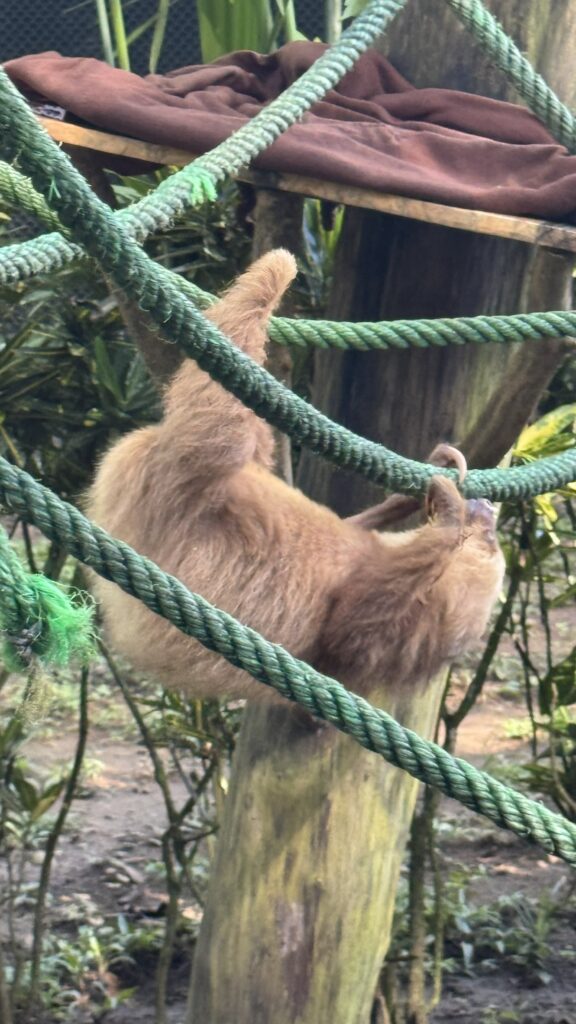
They house ocelots and pumas. No jaguars on site (at the moment)! Spiders. Snakes. Any animal that is in need.
We were able to see several spider and capuchin monkeys. They are curious and watch you right back. The ones they were rehabbing to release back into the wild were fun to watch as they swung back and forth around the enclosure (but they do not allow pictures of them to protect them).
A visit to the hospital was also eye-opening. Such a small facility to house such advanced equipment to aid these needy animals!
The girls wanted to stay and volunteer at the center. Alas, the minimum age to donate your time is 18 through their 4-week program. I think Delaney has plans for a return in a few years!!! There are also opportunities for longer-term volunteering, staying on at the reserve where the animals are actually released back into their native habitat. Our contribution this trip was simply monetarily through our tour fee, but very glad to have been able to do even that
